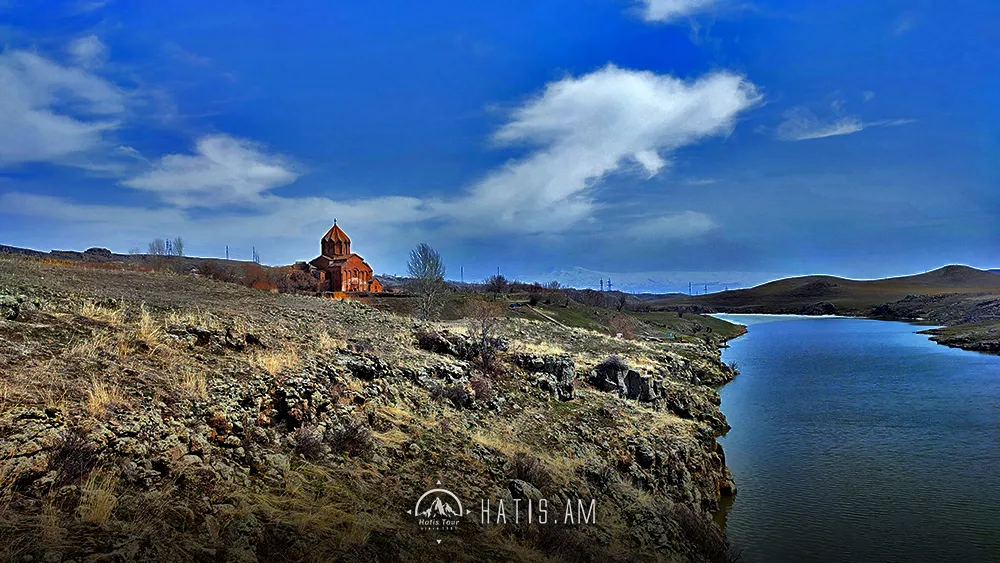.webp)
Syunik Province is the southernmost province of Armenia. It is bordered by the Vayots Dzor Province from the north, Nakhchivan exclave from the west, the de facto independent Nagorno-Karabakh Republic from the east, and Iran from the south. Its capital and largest city is the town of Kapan. The National Statistical Service of the Republic of Armenia (ARMSTAT) reported its population was 141,771 in the 2011 census, down from 152,684 at the 2001 census.


.webp)
.webp)
.webp)






.webp)
.webp)
.webp)
.webp)
.webp)
.webp)

.webp)
Leave a comment